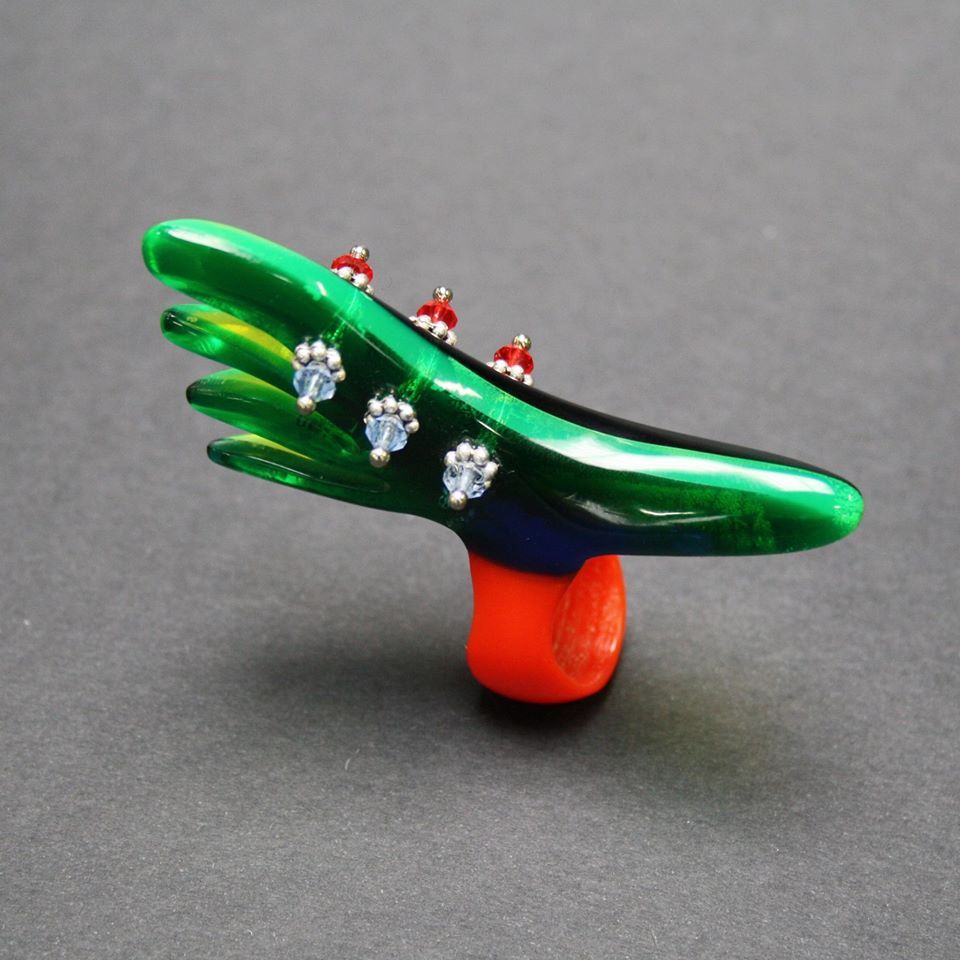A guest blog from Dagmar Meneghello.
Gourmets say it is easy to recognize a female sea urchin, its barbs are filled with pieces of coral, pebbles, shells … And only female of sea urchins carry in themselves the exquisite food.
In the small museum on Palmižana opened a jewelry collection. Although modest, it draws a big attention. Such as the collection of amphorae and paintings in the gallery. More valuable jewelry from the past is shown in photos. These are beautiful Venetian pendants of great-grandmother Margherita de Venier (from the 11th century ancient Venetian family that also gave birth to three doges).
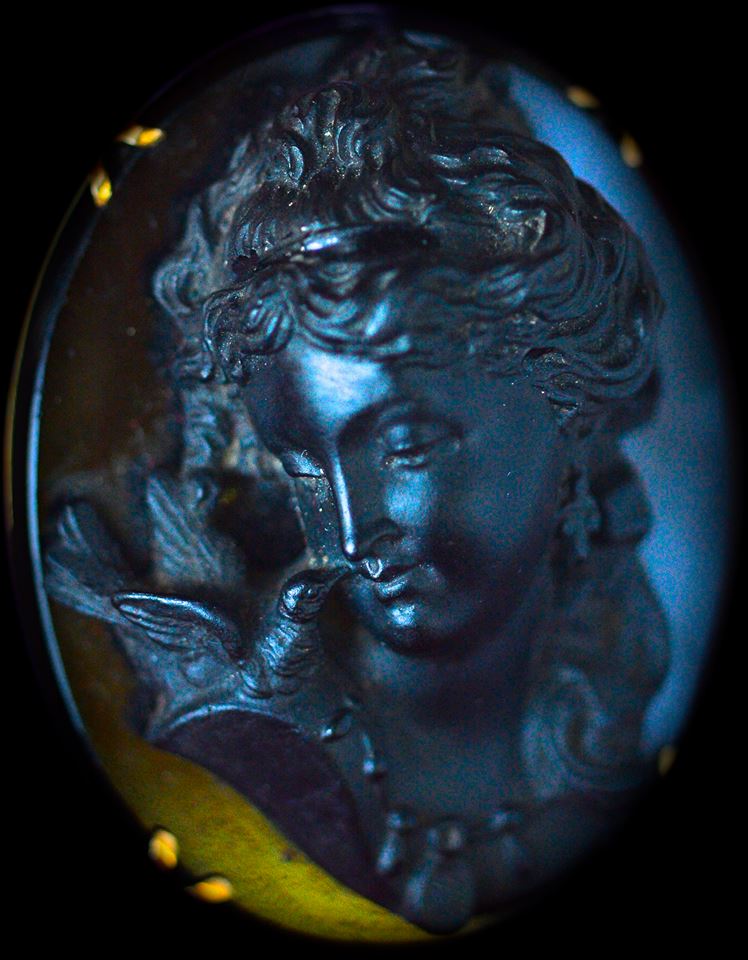
Margherita was married to an Adriatic vice consul, Giovanni Desecca, owner of the island of St. Clement. When he died, Matteo Meneghello married with beautiful widow Margherita and bought a large piece of the Palmizana estate on St. Clement as a gift for her daughter’s dowry, in about 1800.
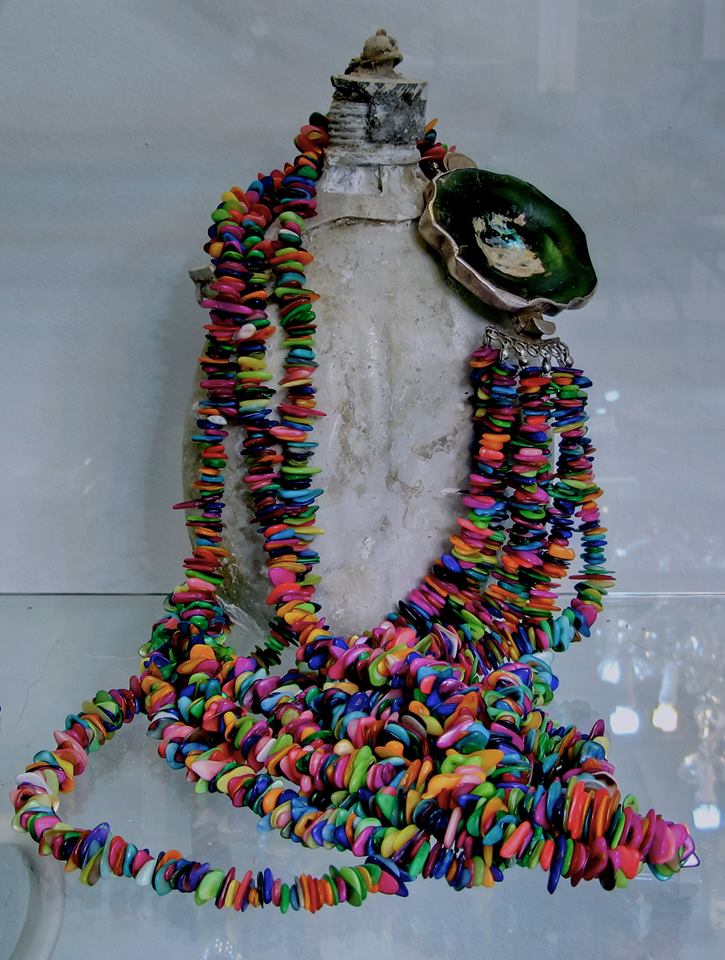
Mostly the old family jewelry was sold and turned into “green gold”, as plants and trees for Palmizana’s Arboretum and Mediterranean forest, when Meneghello’s started to plant a lavish garden on the stone ground.
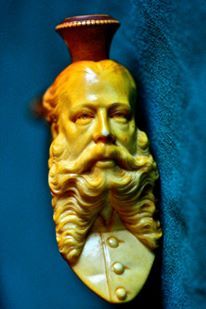
A beautiful camea showing the Empress of Mexico, the Belgian princess Charlotte, and carved pipes with the image of charismatic Emperor Maximilian come from the Austrian monarchy (about1860). Some very old artifacts from Mexico’s past are a gift from Palmizana’s friend Ingeborg Bal who lived in this ancient and magical land for a long long time.
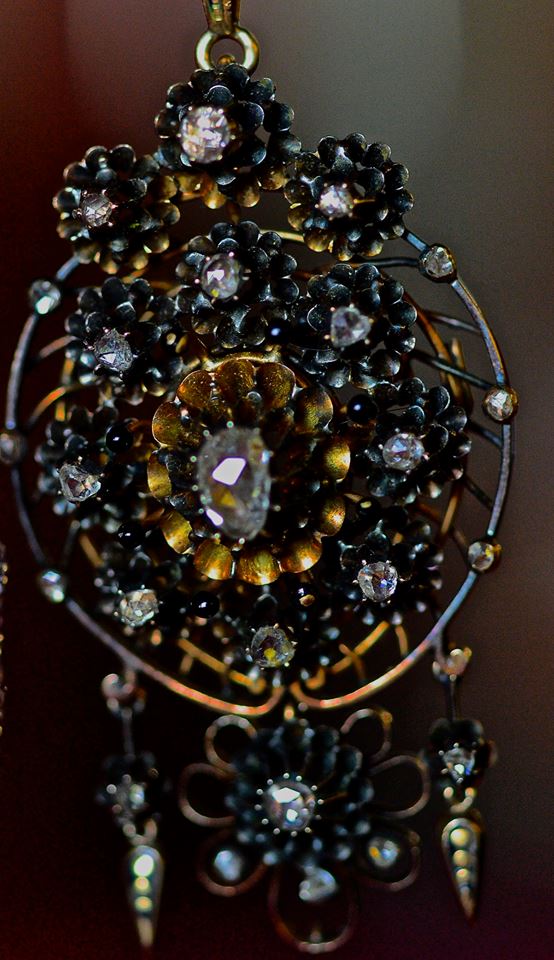
Several “Shiptar treasures”, and some memories of the long journeys to various destinations worldwide such as China, Morocco, Egypt, Brazil, Venezuela… are found on the colourful and picturesque markets.
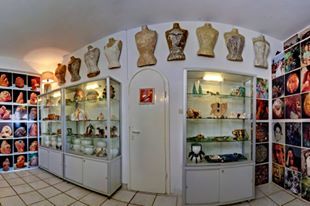
The individual pieces of jewelry are from the Croatian known artists such as Belizar Bahorić, Nada Falout, Zea Fio, Tatjana Politeo…and some from Lazar Lumesi. Some very beautiful pieces are made by the famous Italian artist Ferdi Giardini from a material similar to plexiglass. For his glowing objects and jewelry, Giardini finds his inspiration in nature. Plants like Strelitzia, Paradise Flower, Colibri, Peacock, Spiders… are completely transferred to a different world of expressiveness.
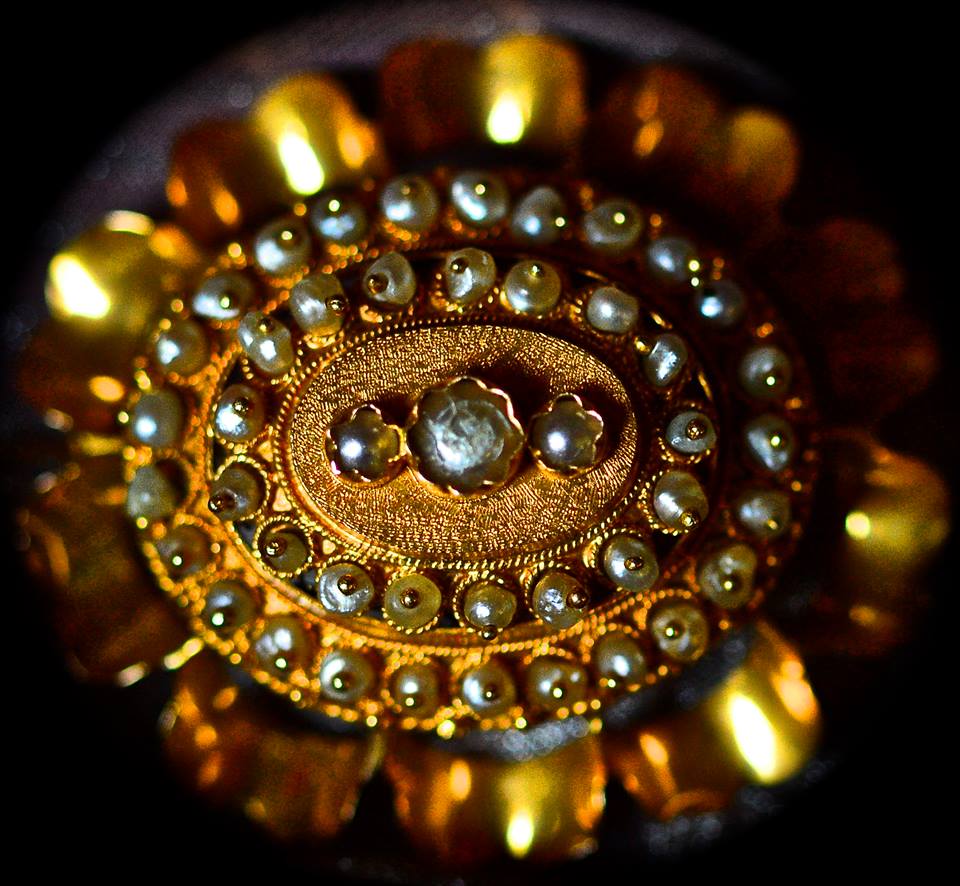
Of course you can also see some beautiful exotic jewelry pieces (necklaces and bracelets) from Hvar artist Tanja Ćurin, created in the course of more then twenty years of work and friendship with Palmizana. The precious stones and pendants of Tanja are collected from all over the world: India, Tibet, Polynesia, Afghanistan… and are transformed into amazing jewelry.
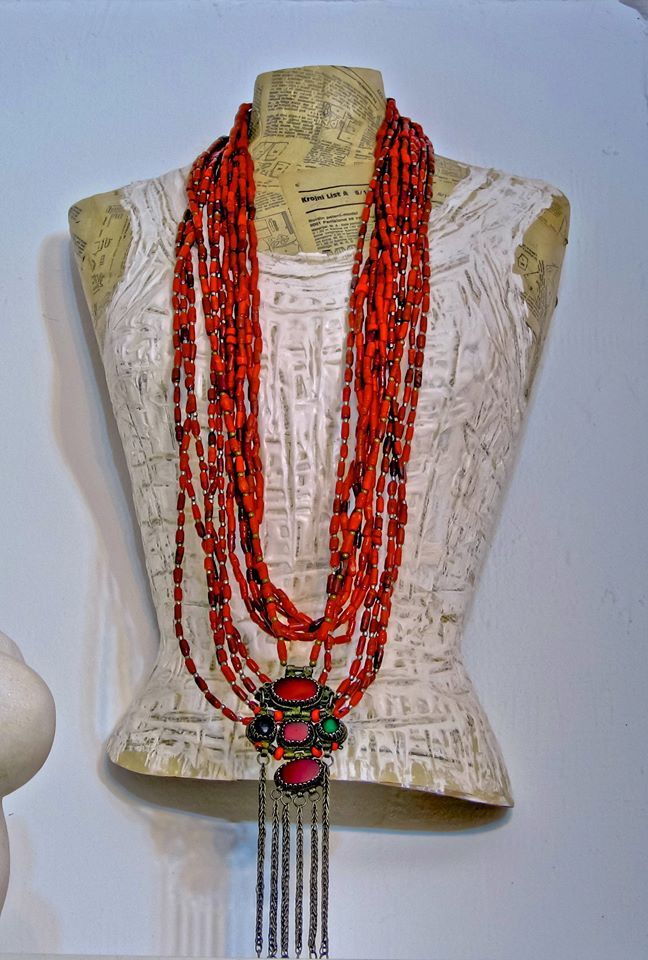
In glass showcases together with the jewelry you can admire also the work of Croatian sculptors Petar Hranuelli, Vedran Staničić, and of Bosnian artist Firet Libovac. An unexpected surprise comes from the past of Palmizana – old nightpots painted by artists as Vojo Radoičić, Editha Merle, Miroslav Šutej, Ivan Valošek…
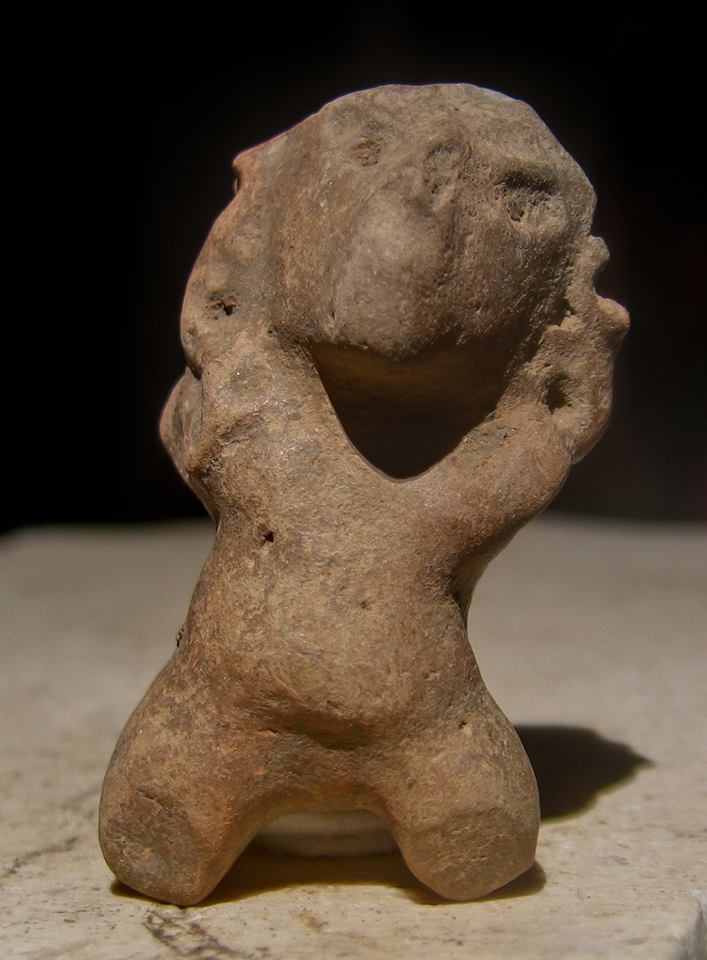
The pearls come from Hangzhou and Suzhou, little towns similar to Venice, where people live in the deltas of major rivers. Almost all the of the inhabitants are engaged in raising pearls. They create wounds in the flesh of mussel’s, and the shell’s defend themselves by creating beauty. From distant China the shells were brought to Palmizana, in them you can see the beads that have failed to become big and beautiful.
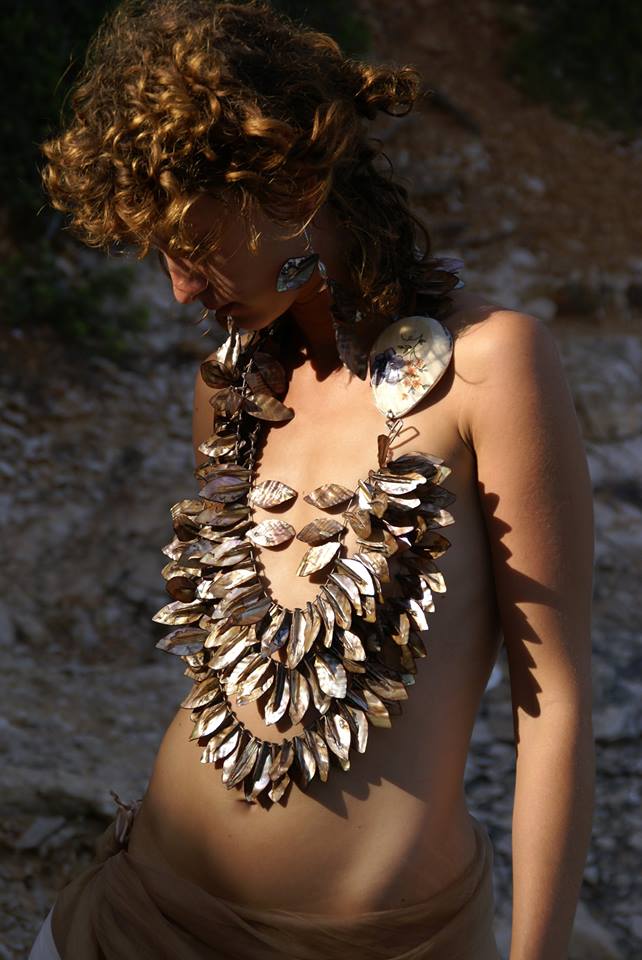
Abelone and other shells necklaces, rosewood necklaces, ebony big necklaces from Africa are also exposed on torsos made of papier mache’, made by Zagreb sculptor Ivana Popovic.
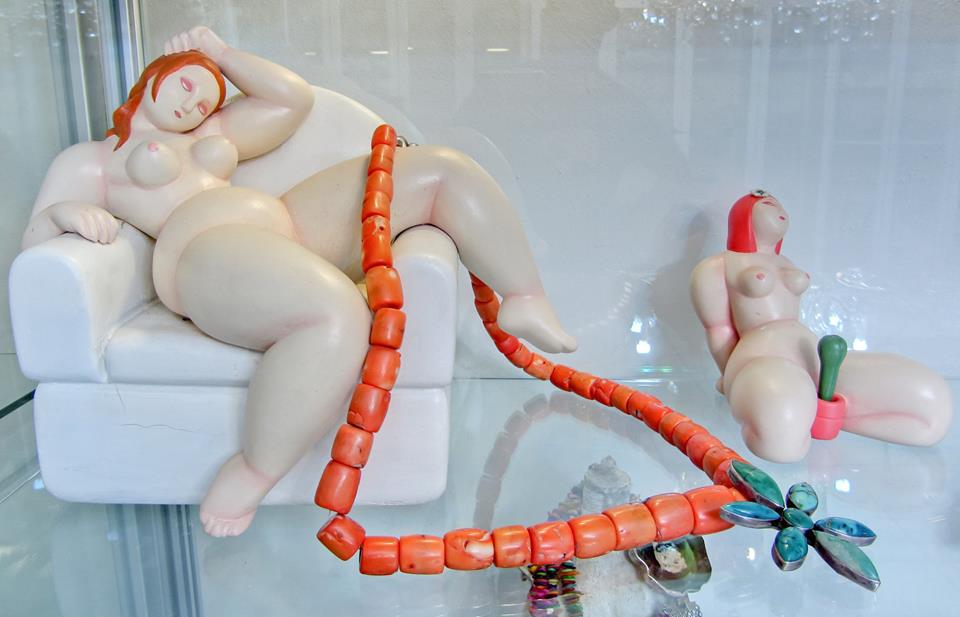
Jewelry is one of the oldest type of archaeological artefacts – with 100,000-year-old beads made from Nassarius shells thought to be the oldest known jewerly. The basic forms of jewelry vary between cultures but are often extremely long-lived; in European cultures the most common forms of jewerly listed above have persisted since ancient times, while other forms such as adornments for the nose or ankle, important in other cultures, are much less common. Historically, the most widespread influence on jewelry in terms of design and style have come from Asia.
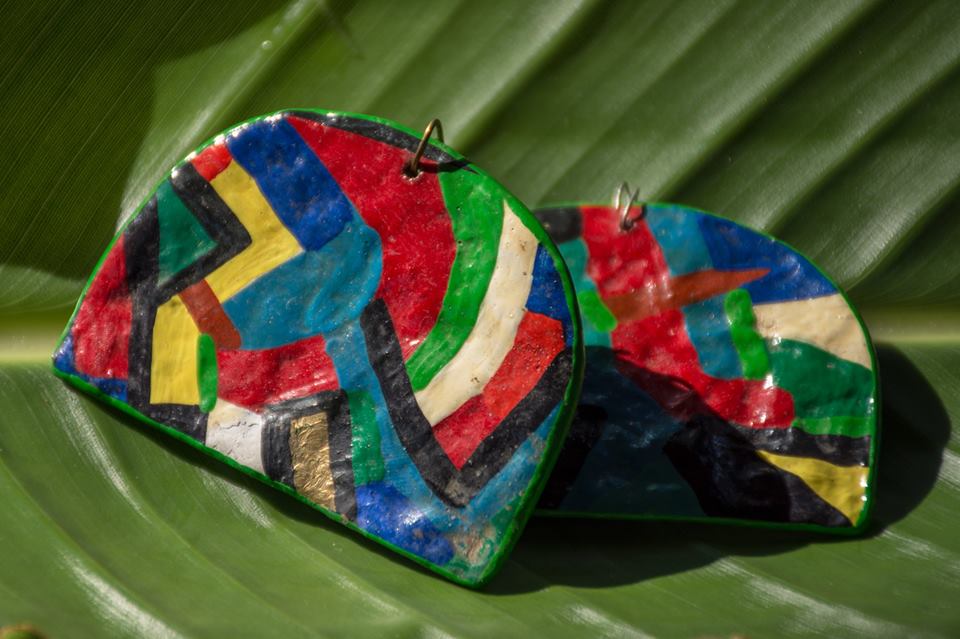
Jewelry may be made from a wide range of materials. Gemstones and similar materials such as amber and coral, precious metals, beads, and shells have been widely used, and enamel has often been important. In most cultures jewerly can be understood as a status symbol, for its material properties, its patterns, or for meaningful symbols. Jewelry has been made to adorn nearly every body part, from hairpins to toe rings… The patterns of wearing jewerly between the sexes, and by children and older people can vary greatly between cultures, but adult women have been the most consistent wearers of jewerly; in modern European culture the amount worn by adult males is relatively low compared with other cultures and other periods in European culture. The ancient peoples daughters and women were receiving jewelry in all major celebrations, and was their only means of independence. Berber women decide whether to sell their jewelry for the welfare of the family or to let their husband fight alone.
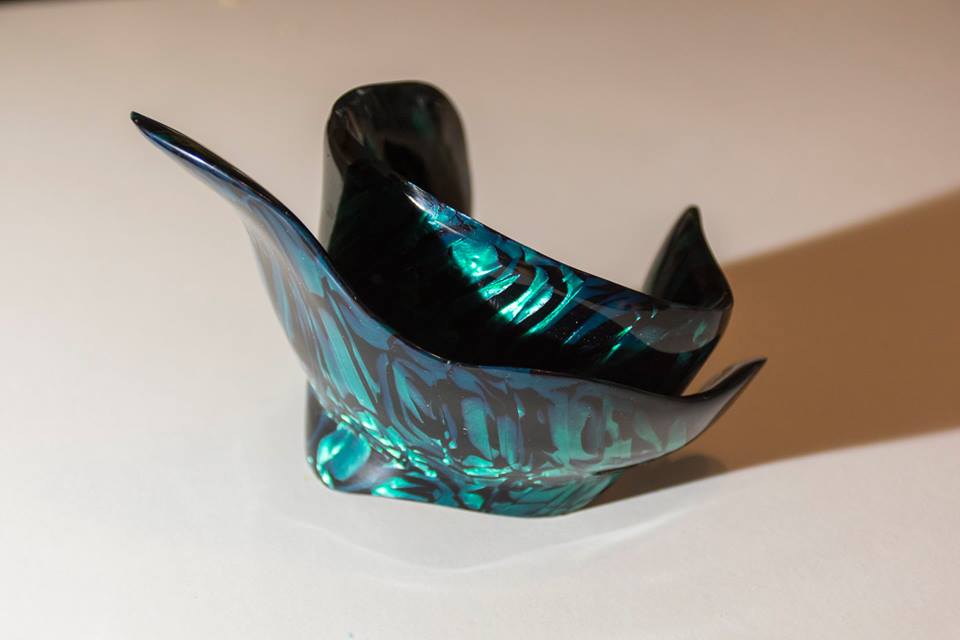
The word jewerly itself is derived from the word jewel, which comes from the Old French “jouel”,and beyond that, to the Latin word “jocale”, meaning plaything. Humans have used jewelry for a number of different reasons: functional, generally to fix clothing or hair in place, or to tell the time (in the case of watches) as a marker of social status and personal status, as with a wedding ring, as a signifier of some form of affiliation, whether ethnic, religious or social, to provide talismanic protection (in the form of amulets), as an artistic display, as a carrier or symbol of personal meaning – such as love, mourning, or even luck.
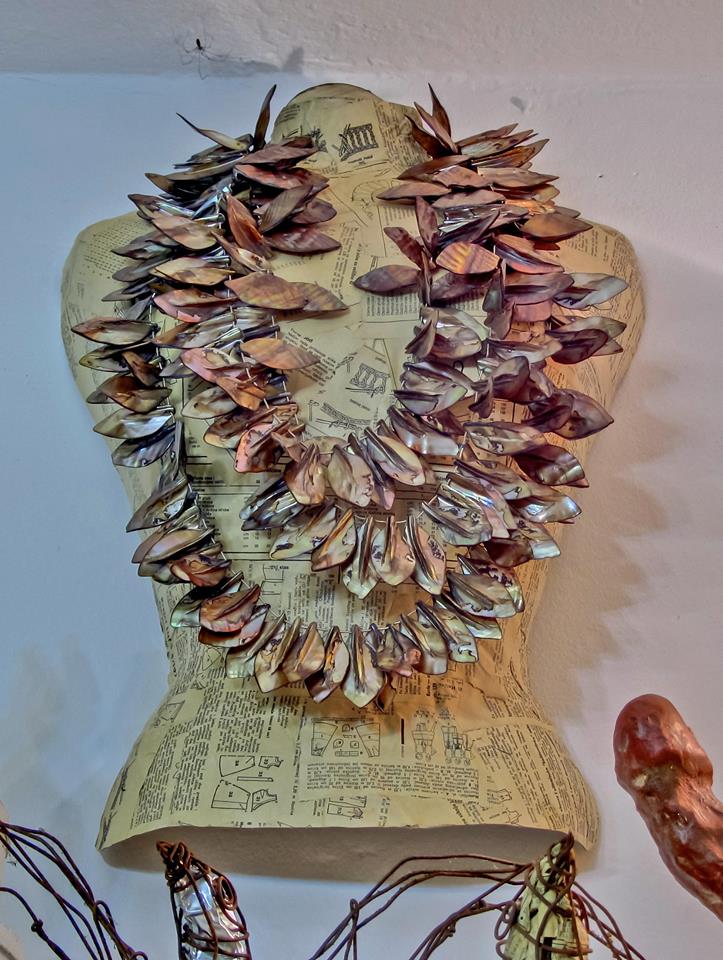
Most cultures at some point have had a practice of keeping large amounts of wealth stored in the form of jewelry. Numerous cultures store wedding dowries in the form of jewerly or make jewerly as a means to store or display coins. Alternatively, jewerly has been used as a currency or trade good; an example being the use of slave beads.
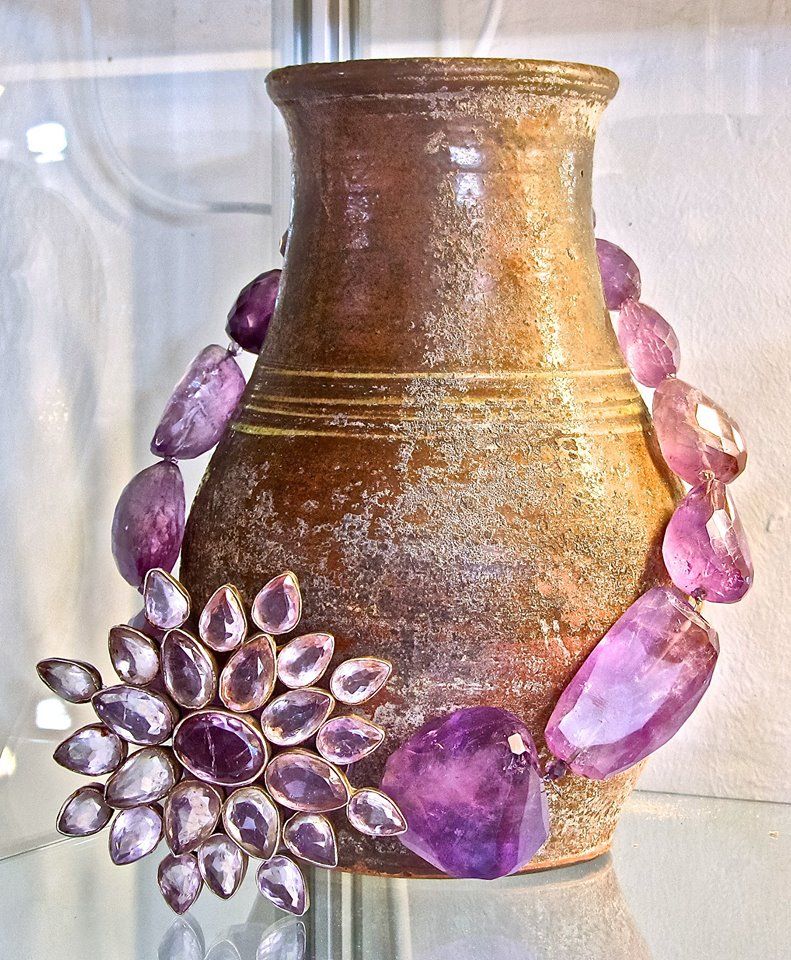
Jewelry can also symbolise group membership (as in the case, of the Christian crucifix or the Jewish Star of David) or status (as in the case of chains of office, or the Western practice of married people wearing wedding rings).
Wearing of amulets and devotional medals to provide protection or ward off evil is common in some cultures. These may take the form of symbols (such as the ankh), stones, plants, animals, body parts (such as the Khamsa), or glyphs (such as stylised versions of the Throne Verse in Islamic art).
